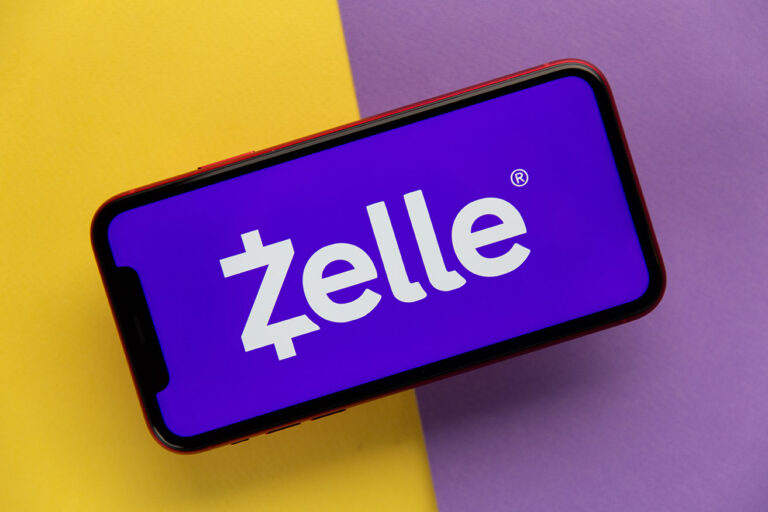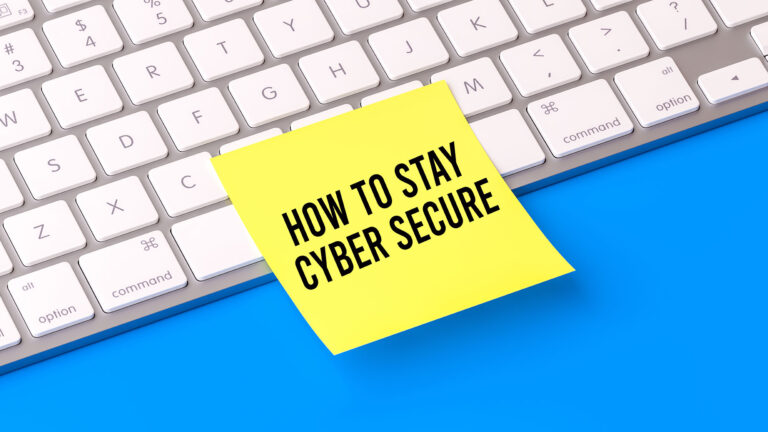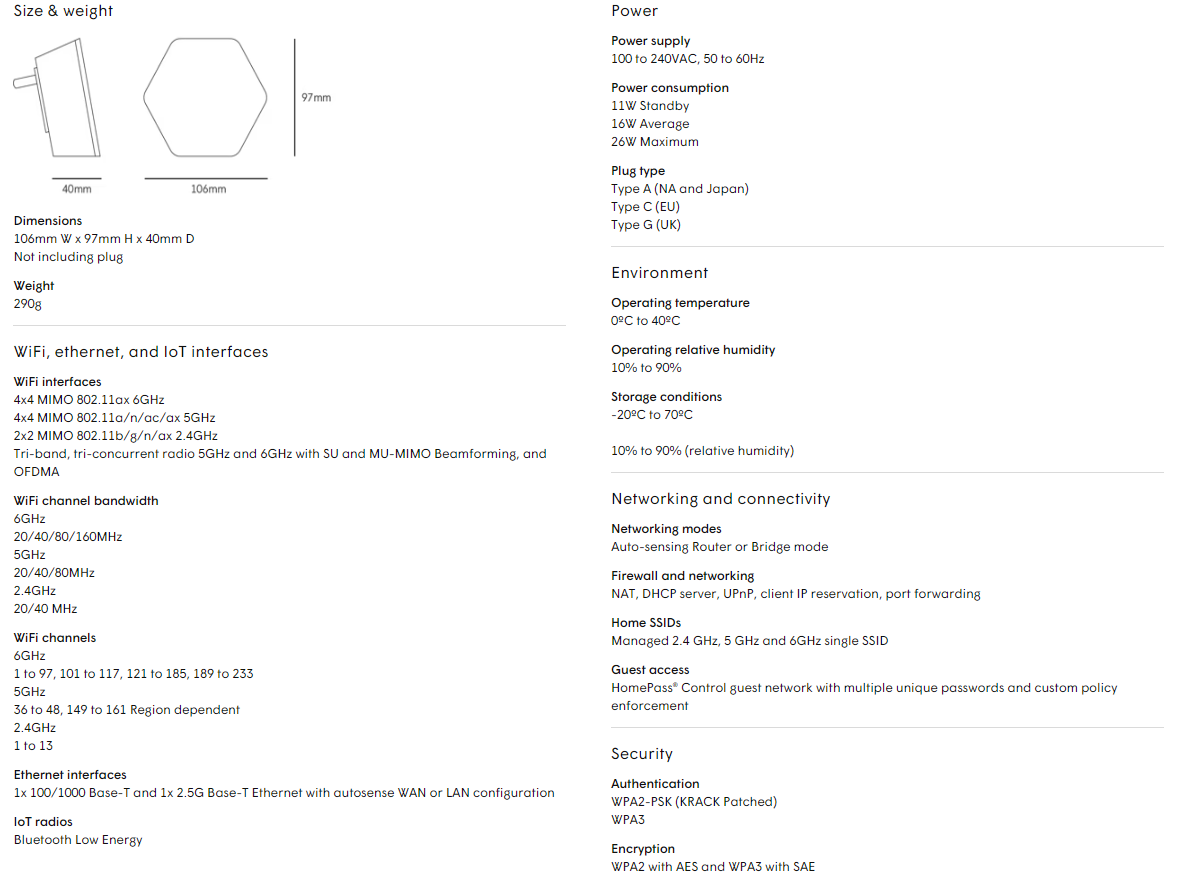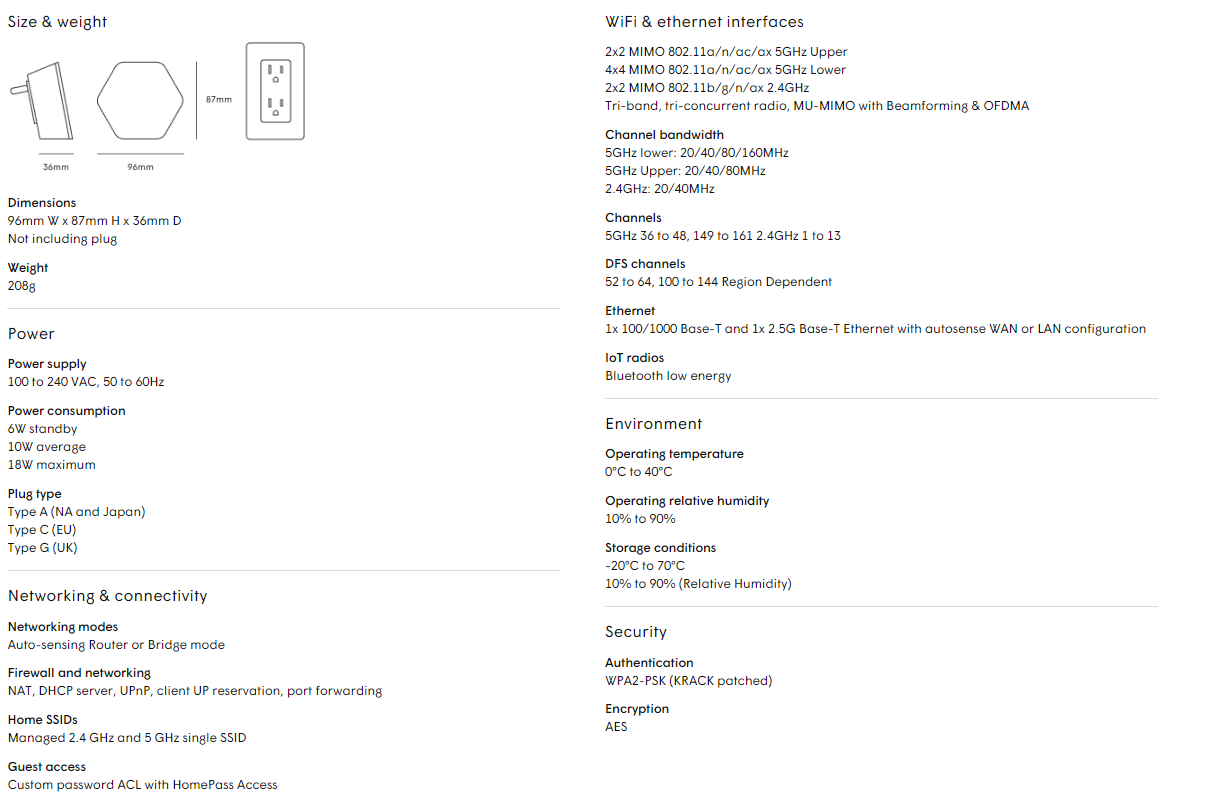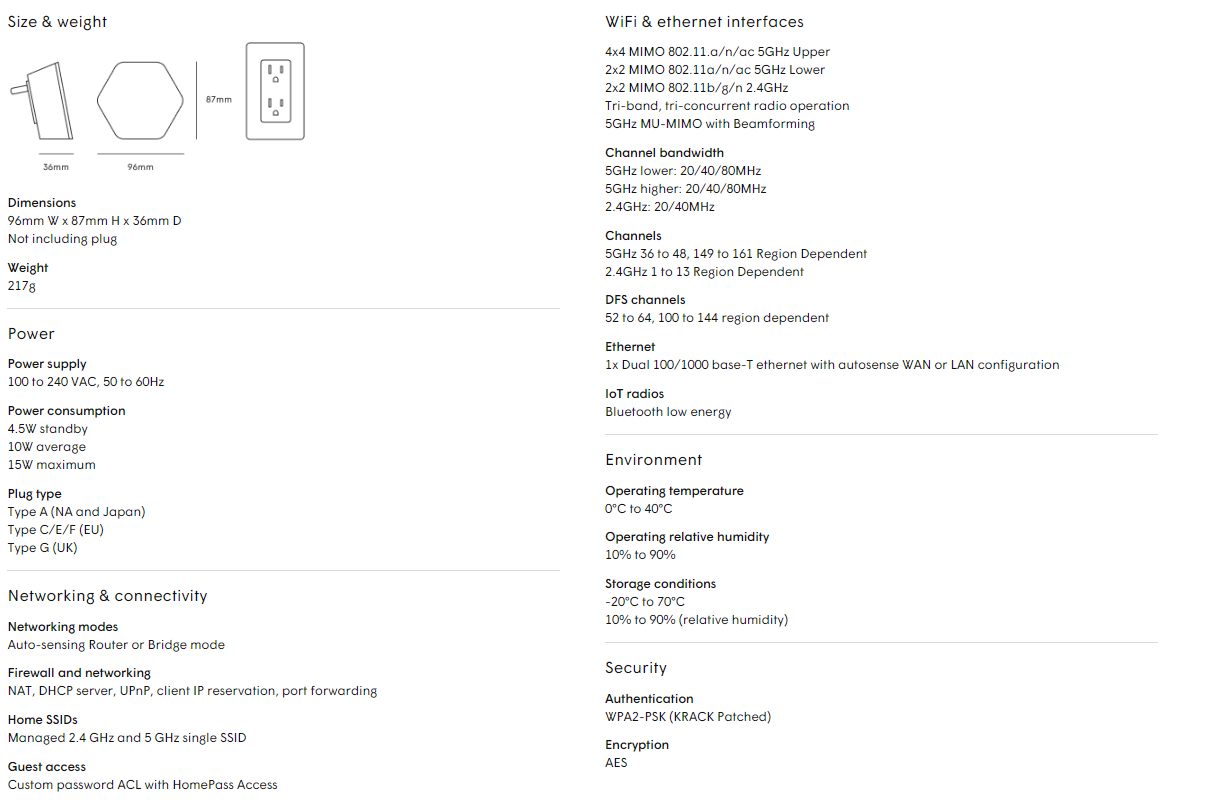Zelle is a popular mobile payment application that allows users to send payments to one another. Like most financial institutions, Zelle alerts users of possible fraud to stop suspicious account activity from happening. However, not all fraud alerts are legitimate. Cybercriminals can impersonate Zelle and send fake fraud alerts to scam you.
In a new smishing (SMS phishing) scam, cybercriminals may send you a fraud alert text message claiming to be from Zelle. If you reply to the message, the cybercriminals will call you with spoofed caller ID so the phone number looks legitimate. If you answer their call, they’ll use social engineering tactics, such as a heightened level of urgency, to try to trick you into sending money to an imposter Zelle account. This account will look like your account, but the money you send will go directly to the cybercriminals.
Follow these tips to stay safe from these scams:
- If you receive a text message alerting you about suspicious activity on your account, don’t reply to the text message. Contact the financial services institution directly by calling the phone number on their website.
- Never trust your caller ID. Cybercriminals can spoof phone numbers to impersonate someone else.
Always be cautious of unexpected text messages. While this attack targets Zelle users, this smishing scam could be used with any financial institution.
Stop, Look, and Think. Don’t be fooled.
Protect your network! Learn more about security awareness training for your team.

